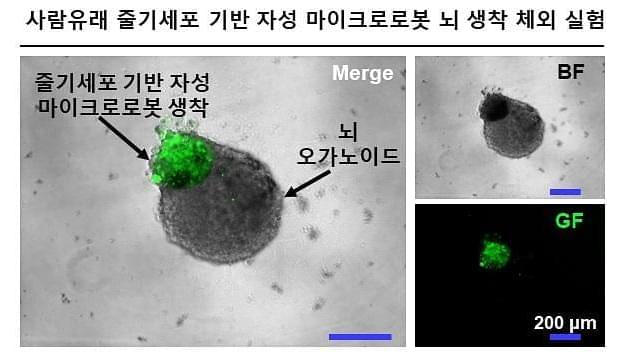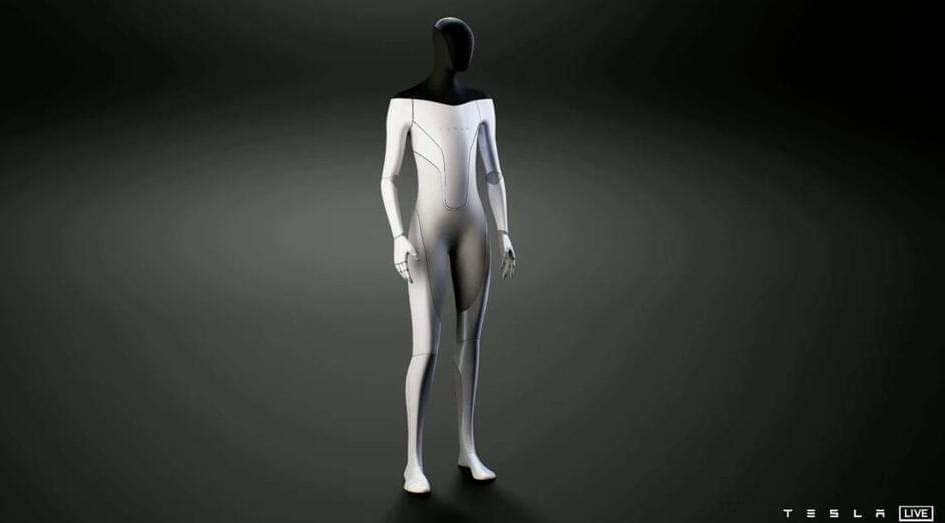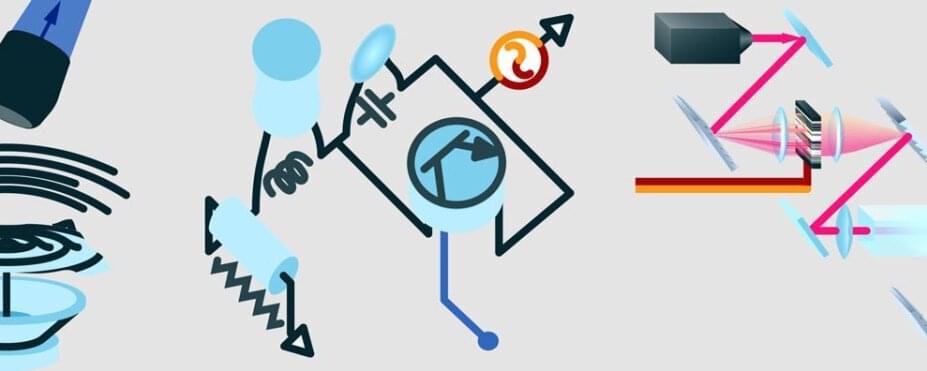Astronomers observed a mysterious object in the Milky Way that periodically releases a giant burst of energy. The object could be a magnetar, a type of neutron star.



When CEO Mark Zuckerberg changed Facebook’s name to Meta and committed to the metaverse, he said that gaming would lead the way.
That’s an interesting comment, considering that Facebook has billions of social media users, while game companies like Roblox and Microsoft (Minecraft) have amassed hundreds of millions of gamers. In fact, the entire game industry’s reach is about as big as Facebook’s alone, at around three billion people.
Though, the numbers of users isn’t the only thing that matters when it comes to building a metaverse that people actually want to go to. It’s challenging to predict who will win, as the incumbents in the space — game companies — may not have an advantage if another party enters the space and creates an ambitious next-generation metaverse. But it is important to note that, Zuckerberg isn’t alone in believing in gaming.

Benchmark results have started to surface for MSI’s new GE76 Raider, one of the first laptops to be powered by Intel’s new 12th-generation Core i9 processor.
Intel previously said that its new high-end Core i9 processor is faster than Apple’s M1 Max chip in the 16-inch MacBook Pro and, as noted by Macworld, early Geekbench 5 results do appear to confirm this claim, but there are several caveats as usual.

Earth is far from a solid mass of rock. The outer layer of our planet – known as the lithosphere – is made up of more than 20 tectonic plates; as these gargantuan slates glide about the face of the planet, we get the movement of continents, and interaction at the boundaries, not least of which is the rise and fall of entire mountain ranges and oceanic trenches.
Yet there’s some debate over what causes these giant slabs of rock to move around in the first place.
Amongst the many hypotheses put forward over the centuries, convection currents generated by the planet’s hot core have been discussed as an explanation, but it’s doubtful whether this effect would produce enough energy.


The microbots are applied nasally to treat brain diseases.
Scientists have successfully guided a microbot through the nasal pathways to the brain of a mouse. If the same approach can be replicated in humans, it could be a game-changer against neurodegenerative disease, enabling doctors to deliver therapies directly to the brain.
A research team led by DGIST (the Daegu Gyeongbuk Institute of Science and Technology in South Korea) has created a microrobot propelled by magnets that can navigate the human body. The trial, published in the journal Advanced Materials, describes how they manufactured the microrobot, dubbed a Cellbot, by magnetizing stem cells extracted from the human nasal cavity. The scientists then tested the ability of the Cellbot to move through the body’s confined vessels and passages to reach its target, which it completed with ease.
DGIST said in a statement that “This approach has the potential to effectively treat central nervous system disorders in a minimally invasive manner.”

Almost anytime physicists announce that they’ve discovered a new particle, whether it’s the Higgs boson or the recently bagged double-charm tetraquark, what they’ve actually spotted is a small bump rising from an otherwise smooth curve on a plot. Such a bump is the unmistakable signature of “resonance,” one of the most ubiquitous phenomena in nature.
Resonance underlies aspects of the world as diverse as music, nuclear fusion in dying stars, and even the very existence of subatomic particles. Here’s how the same effect manifests in such varied settings, from everyday life down to the smallest scales.
In its simplest form, resonance occurs when an object experiences an oscillating force that’s close to one of its “natural” frequencies, at which it easily oscillates. That objects have natural frequencies “is one of the bedrock properties of both math and the universe,” said Matt Strassler, a particle physicist affiliated with Harvard University who is writing a book about the Higgs boson. A playground swing is one familiar example: “Knock something like that around, and it will always pick out its resonant frequency automatically,” Strassler said. Or flick a wineglass and the rim will vibrate a few hundred times per second, producing a characteristic tone as the vibrations transfer to the surrounding air.

Tesla’s Director of Artificial Intelligence, Andrej Karpathy, says that he believes ‘Tesla Bot’ is “on track to become the most powerful AI development platform.”
Since Tesla AI Day last year, CEO Elon Musk has been slowly pushing the idea that Tesla is becoming more of an AI/robotics company.
Musk has been boasting about the company’s AI talent, led by Director of Artificial Intelligence, Andrej Karpathy, and believes that the company is in the best position to make advancements in AI due to the real-world applications in its vehicles.

Researchers have developed a new technique, called MonoCon, that improves the ability of artificial intelligence (AI) programs to identify three-dimensional (3D) objects, and how those objects relate to each other in space, using two-dimensional (2D) images. For example, the work would help the AI used in autonomous vehicles navigate in relation to other vehicles using the 2D images it receives from an onboard camera.
“We live in a 3D world, but when you take a picture, it records that world in a 2D image,” says Tianfu Wu, corresponding author of a paper on the work and an assistant professor of electrical and computer engineering at North Carolina State University.
“AI programs receive visual input from cameras. So if we want AI to interact with the world, we need to ensure that it is able to interpret what 2D images can tell it about 3D space. In this research, we are focused on one part of that challenge: how we can get AI to accurately recognize 3D objects—such as people or cars—in 2D images, and place those objects in space.”

You may not be able to teach an old dog new tricks, but Cornell researchers have found a way to train physical systems, ranging from computer speakers and lasers to simple electronic circuits, to perform machine-learning computations, such as identifying handwritten numbers and spoken vowel sounds.
The experiment is no mere stunt or parlor trick. By turning these physical systems into the same kind of neural networks that drive services like Google Translate and online searches, the researchers have demonstrated an early but viable alternative to conventional electronic processors—one with the potential to be orders of magnitude faster and more energy efficient than the power-gobbling chips in data centers and server farms that support many artificial-intelligence applications.
“Many different physical systems have enough complexity in them that they can perform a large range of computations,” said Peter McMahon, assistant professor of applied and engineering physics in the College of Engineering, who led the project. “The systems we performed our demonstrations with look nothing like each other, and they seem to [be] having nothing to do with handwritten-digit recognition or vowel classification, and yet you can train them to do it.”